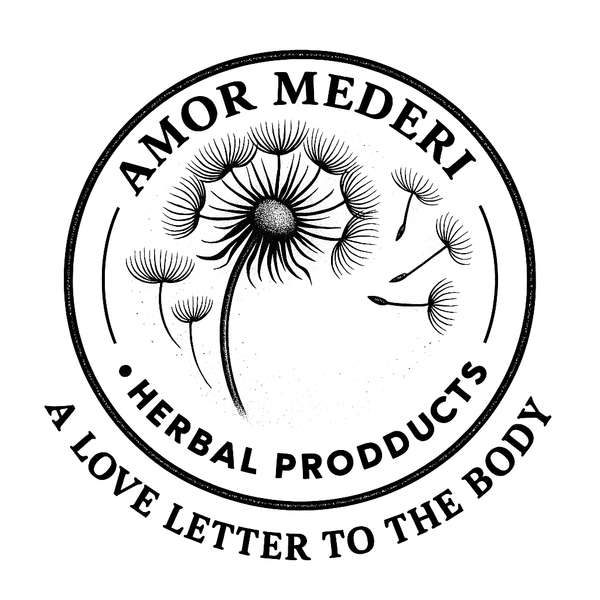
The Calm Within: The Healing Wisdom of Chamomile.
There’s something about the scent of Chamomile that makes the whole world seem softer. Even before you drink it, it begins to work on you.
German Chamomile, Matricaria chamomilla, has been a healer’s companion for centuries. Its name comes from the Latin word matrix, meaning “womb,” because it was once seen as a medicine of comfort - easing tension, pain, and restlessness in both body and spirit. It’s the kind of plant that reaches right into the places we hold tight, where worry lives in the gut and behind the eyes.
When you steep Chamomile flowers, their soft apple-like fragrance rises from the cup, and something inside you exhales. The taste is gentle but complex. A little sweet, a little bitter, just enough to awaken the digestion and bring flow to the body’s quiet rhythms. Herbalists have long turned to it for upset stomachs, wind, or nausea, especially when emotions and digestion are tangled together.
Modern research has begun to explain what traditional healers always sensed. Chamomile’s flavonoid apigenin binds to the GABA_A receptors in the brain, producing mild sedative and anxiolytic effects similar to benzodiazepines, but without the dependency or dullness. It soothes the mind rather than suppressing it, helping the body remember how to rest naturally. Clinical studies have found that Chamomile extracts can improve sleep quality and reduce symptoms of mild anxiety and depression, confirming what generations of herbalists have observed.
Its anti-inflammatory actions are also well-documented. Chamomile inhibits both COX and LOX pathways, the same inflammatory cascades targeted by common pain-relief medicines, but it does so with a gentler touch. Its volatile oils, particularly chamazulene and bisabolol - are key to this effect, offering relief to irritated tissues and supporting repair. These compounds also explain why Chamomile’s essential oil turns that distinctive deep blue when distilled.
In the digestive tract, Chamomile acts as a smooth muscle relaxant, reducing spasms and easing intestinal tension. Research supports its gastroprotective and antispasmodic actions, showing reduced inflammation and improved mucosal integrity in the gut. It’s no wonder herbalists use it so often for irritable digestion, colic, and nervous stomachs.
Topically and internally, Chamomile shows antimicrobial benefits too. It has demonstrated activity against several common skin and gut pathogens, which helps explain its traditional use in washes and compresses for wounds, eczema, and minor infections. When applied to the skin, its calming nature can ease redness, swelling, and irritation.
But even with all its science laid out, Chamomile remains a deeply soulful herb. Its energy is that of a peacemaker. It brings lightness where there is irritability, calm where there is anxiety, and softness where the body has hardened against the world. It is one of the safest herbs for children, yet strong enough to meet the unrest of adult hearts.
I often describe Chamomile as a flower that teaches surrender. It reminds us that healing doesn’t always come through striving. Sometimes it begins with warmth, patience, and the simple act of sitting quietly with a cup of golden tea. As the scent rises, the breath deepens, the muscles unwind, and what once felt overwhelming begins to soften.
Chamomile’s medicine is humble, but its reach is vast. It calms, protects, and restores. It meets the nervous system and the gut with equal tenderness. It teaches the art of letting go.
